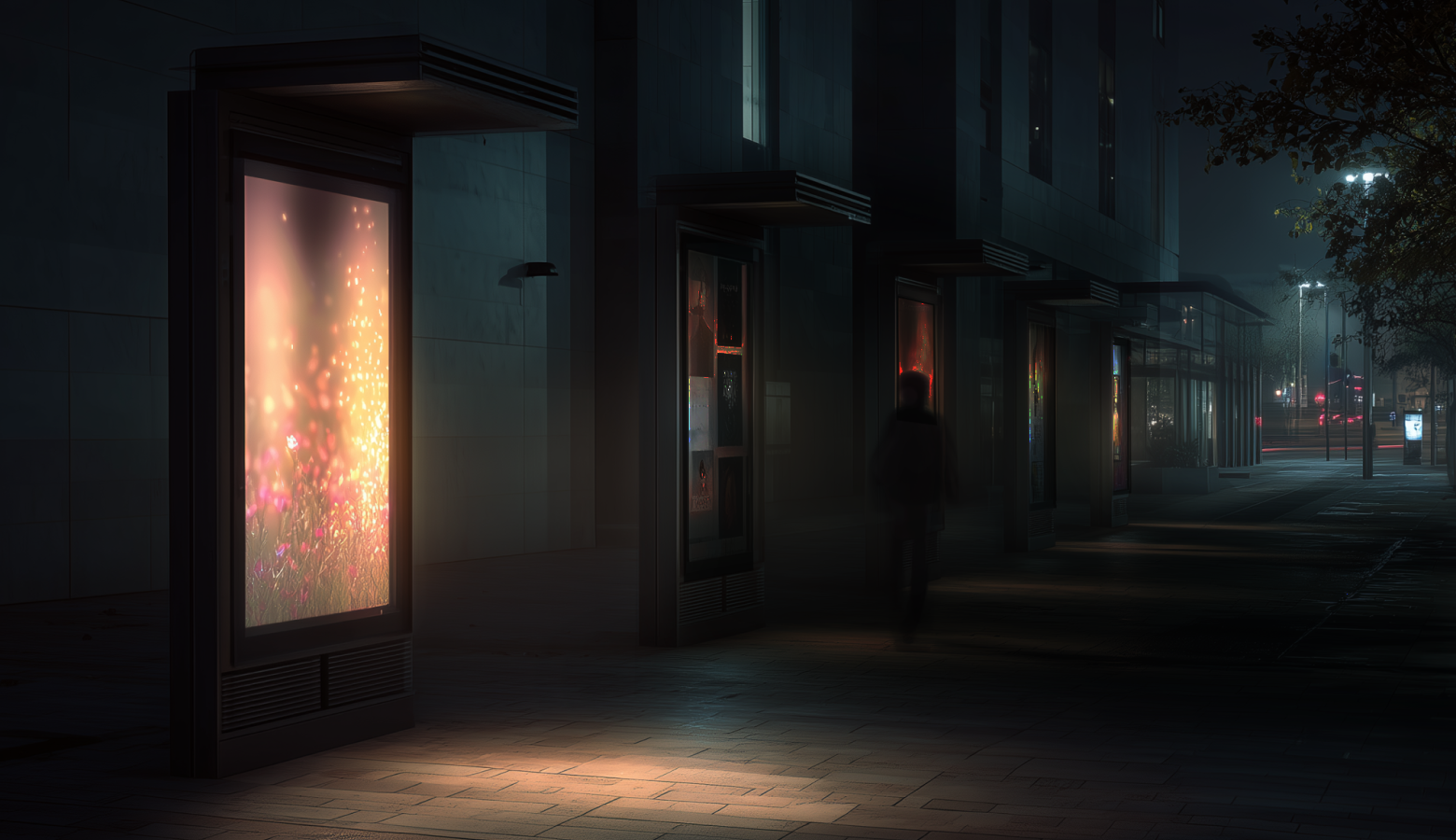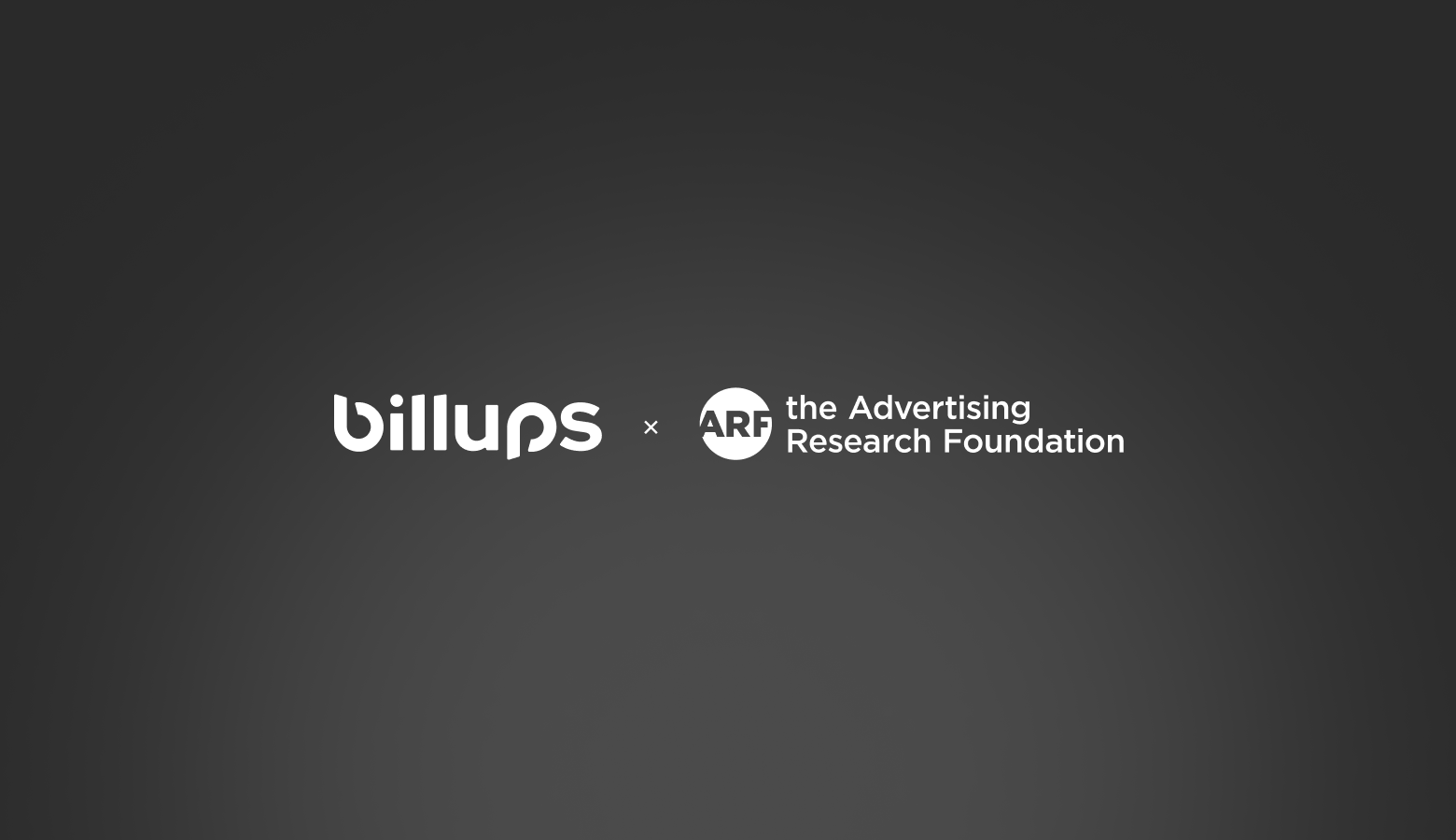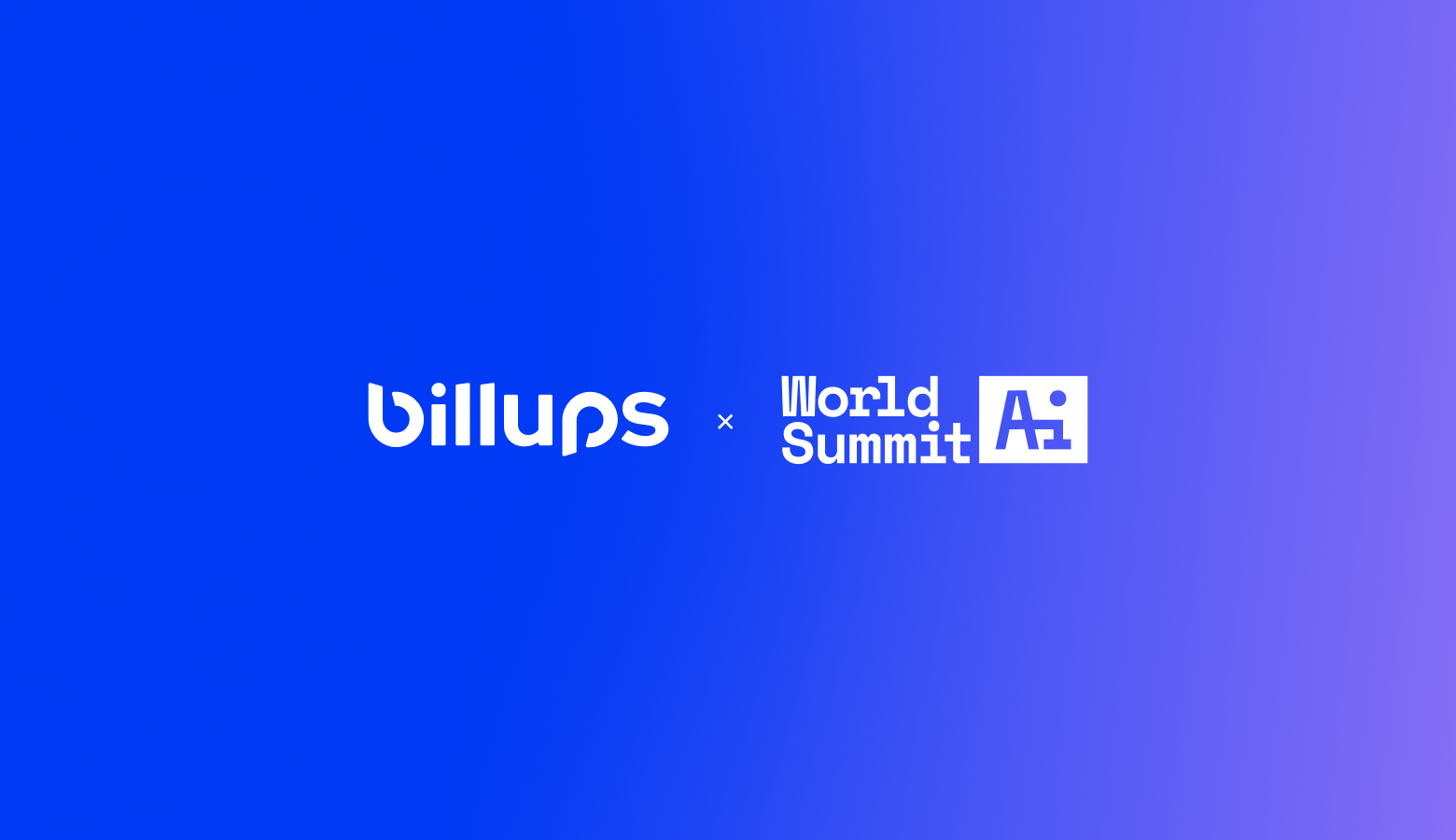Digitalization of OOH: Overcoming media owners’ biggest hurdles

Digitalization of OOH: Overcoming media owners’ biggest hurdles
Out-of-Home (OOH) advertising is evolving rapidly, yet many media owners still face two major challenges:
- Manual processes are slowing down operations and sales.
- Limited visibility makes it harder to attract buyers.
This article explores the biggest pain points in OOH and how digital transformation can solve them. With digital-first solutions, media owners can streamline operations, improve inventory management, and gain better market exposure.
Key Takeaways
- Manual processes hurt sales. Spreadsheets and PDFs slow operations and cause booking conflicts.
- Limited visibility = lost revenue. Without a digital showcase, advertisers look elsewhere.
- Automation boosts efficiency. Faster inventory updates and proposal creation save time.
- Programmatic OOH is rising. Media owners embracing automation stay competitive.
- billups Media Owner Portal solves key challenges. A free tool for real-time inventory management and better visibility.
- Digital transformation is a must. Modernizing OOH operations drives growth and revenue.

Table of Contents
- Challenge #1: The hidden costs of manual processes
- Challenge #2: The visibility gap – attracting more buyers
- The ROI of digital transformation in OOH
- Introducing the billups Media Owner Portal
- The future of OOH: Efficiency + visibility = more revenue
Challenge #1: The hidden costs of manual processes
Many media owners still rely on spreadsheets, slide decks, and static PDFs to manage their inventory and proposals. This creates inefficiencies such as:
1. Slower sales cycles & lost opportunities
Outdated inventory data leads to delays in sales and missed advertiser interest. Buyers struggle to access real-time availability, forcing them to look elsewhere.
2. Scattered inventory management increases errors
Manual tracking of billboards, transit, and digital screens causes booking conflicts. Sales teams waste time reconciling availability instead of closing deals.
3. Time-consuming proposal creation
Preparing custom proposals manually slows down response times. Brands expect quick, data-driven pitches, not outdated spreadsheets.

Challenge #2: The visibility gap – attracting more buyers
Advertisers have many choices on where to place their campaigns, and media owners who fail to showcase their inventory effectively can miss out on revenue. Key visibility challenges include:
1. Outdated inventory presentation
Static PDFs and email exchanges lack high-quality visuals and real-time updates on availability. Buyers need interactive tools to explore options efficiently and assist in decision-making.
2. Lack of a digital-first showcase
Buyers struggle to find available placements without a centralized marketplace for media inventory. This lack of a ‘shop window’ means sales representatives can waste hours of valuable time responding to basic enquiries instead of closing deals.
3. Falling behind in a competitive market
With programmatic DOOH growing rapidly, manual sales methods can feel slow and outdated. Media owners without digital tools risk losing business to competitors that embrace advancements in technology.

The ROI of Digital Transformation in OOH
The impact of digital transformation in OOH is both measurable and significant. Consider these industry insights:
- Automated Inventory Management: Implementing automated inventory systems can substantially reduce administrative workloads, allowing employees to focus on strategic, revenue-generating activities. According to Tradogram, automation in inventory management has been shown to cut operational costs and improve efficiency.
- Growth in Programmatic Transactions: The adoption of programmatic transactions in OOH is accelerating. In the first half of 2024, approximately 60% of programmatic OOH spending in the U.S. was conducted through private marketplace deals, highlighting the industry's shift towards automated, data-driven advertising solutions (Statista).
These trends underscore the growing reliance on automation and data-driven strategies, ultimately improving efficiency, reducing costs, and maximizing the impact of advertising investments.
Introducing the billups Media Owner Portal: an all-in-one solution
To help media owners overcome these challenges, billups has developed the Media Owner Portal, an all-in-one free platform that empowers media owners to take full control of their inventory while improving efficiency and visibility. Here’s how it works:
Key benefits:
✅ Complete control over inventory – Add, update, or deactivate inventory in real-time, ensuring buyers always see accurate data.
✅ High-quality inventory showcase – Google Street View links, high-res images, and detailed descriptions make assets more appealing.
✅ Time-saving automation – Reduce redundant inquiries and keep availability updated automatically.
✅ Flexible proposal generation – Export polished Excel or PowerPoint presentations with maps and images for easy sharing.
✅ Increased visibility & market access – Get discovered by billups’ media planning teams and prospective advertisers.

The future of OOH: efficiency + visibility = more revenue
OOH media owners must modernize their operations and improve visibility to thrive in a competitive market. By adopting tools like the billups Media Owner Portal, they can automate inventory updates and proposal creation for faster deal closures, showcase inventory digitally to attract more advertisers, and leverage programmatic OOH for increased revenue opportunities.
The digital transformation of OOH isn’t optional, it’s essential. Are you ready to evolve?
Contact billups today to explore how partnering with us can bring your OOH operations into the performance age.
Helpful resources
Explore our article library



